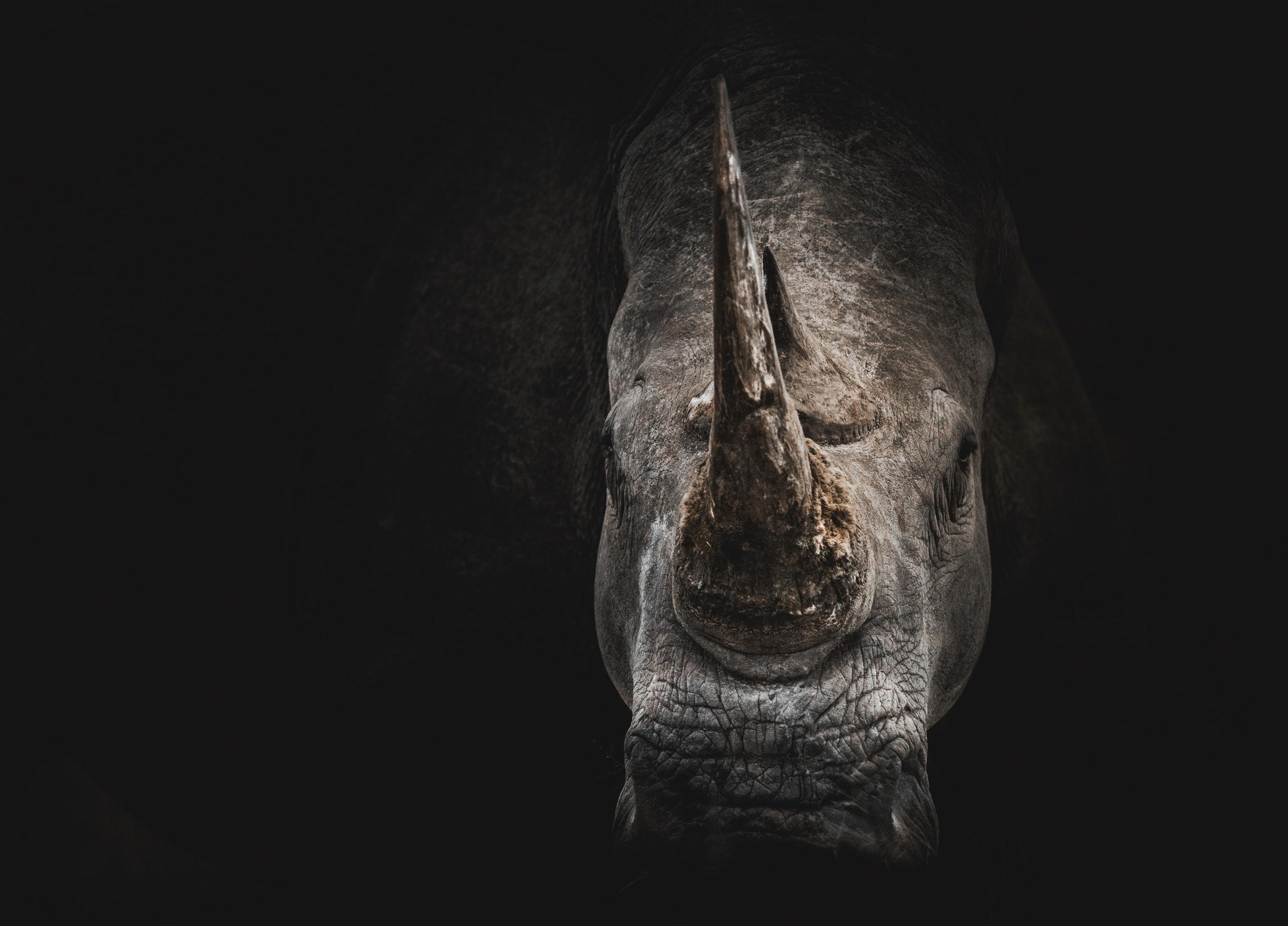
1 minute read
RESEARCH
Anti-poaching effort goes nuclear
TWO RHINOS NAMED Igor and Denver in the Buffalo Kloof Private Game Reserve had their horns injected with radioactive isotopes in May as part of the anti-poaching Rhisotope Project.
Researchers from Wits, and its partners hope a pioneering research project using radioactive isotopes injected in a rhino’s horn will deliver a big blow to poaching and associated organised crime.
Headed by Professor James Larkin (MSc 2013), director at the Radiation and Health Physics Unit at Wits, the project aims to significantly reduce demand for rhino horns through the safe application of radioisotopes and radiation research.
Professor Larkin says small quantities of radioactive material are inserted into the rhino horn to make it more detectable. “Over the years some 11 000 monitors that can detect radiation and radioactive material have been installed globally at airports, ports, harbours and border crossings to help prevent terrorists from acquiring radioactive nuclear material.
“If we put the radioactive material into the horn of a rhino which is then taken by a poacher, an ‘army of experts’ who have been employed to protect and monitor these borders can be utilised to help prevent the illicit movement of the poached rhino horn. This devalues the horn in the eye of the end user. It also introduces along the entire supply chain from poacher to end user, a number of different points where it might be possible to intercept the rhino horn and perhaps other illicit goods being smuggled,” Professor Larkin says.
In the coming months scientists will monitor the rhinos and analyse various samples to understand how the isotope interacts within the horn and the animal. Computer and phantom modelling will also be used to confirm if isotopes cause harm as well as identify the appropriate radioactive isotope and quantity to be used.








